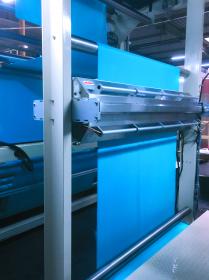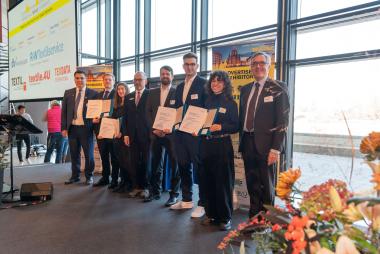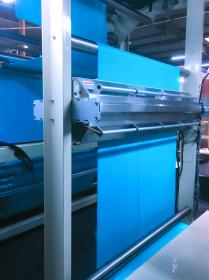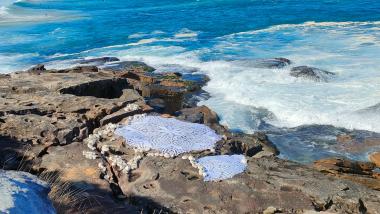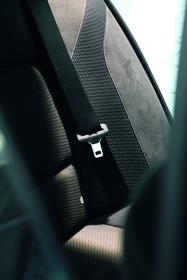Baldwin presents spray finishing system at Techtexil
Baldwin Technology Co. will join Elmatex GmbH at Techtexil (April 23-26 in Frankfurt, Germany) to demonstrate its TexCoat™ G4 precision spray finishing system.
With Baldwin’s system, the chemistry is precisely distributed across the textile surface and is applied only where it is required, on one or both sides of the fabric. The non-contact technology eliminates chemistry dilution in wet-on-wet processes, allowing full control of maintaining consistent chemistry coverage rates. Plus, pad bath contamination is eliminated, and changeovers are only required when there is a change of finish chemistry.
Furthermore, the system offers automated speed tracking, fabric-width compensation, and real-time monitoring to track system uptime, performance and chemistry usage, as well as active care alerts.
In addition, the TexCoat™ G4 system can process a wide range of low-viscosity water-based chemicals, such as durable water repellents, softeners, antimicrobials, flame retardants and more. Baldwin’s technology utilizes the same chemicals used in the traditional pad bath, and no special auxiliaries are required. The recipe is adjusted by increasing the concentration and reducing the pickup by a corresponding amount, so that the same level of solids is applied.
Some applications, such as durable water repellents, are only applied on the face of the fabric, instead of the traditional method of saturation through dipping and squeezing. Drier fabric entering the stenter means lower drying temperatures and faster process speeds. Single-side applications also open up the opportunity to process back-coated or laminated fabrics in a single pass of the stenter, instead of two passes.
Baldwin Baldwin Technology Company Inc. Elmatex Techtextil spray application textile finishing TexCoat G4
Baldwin Technology Company Inc.


